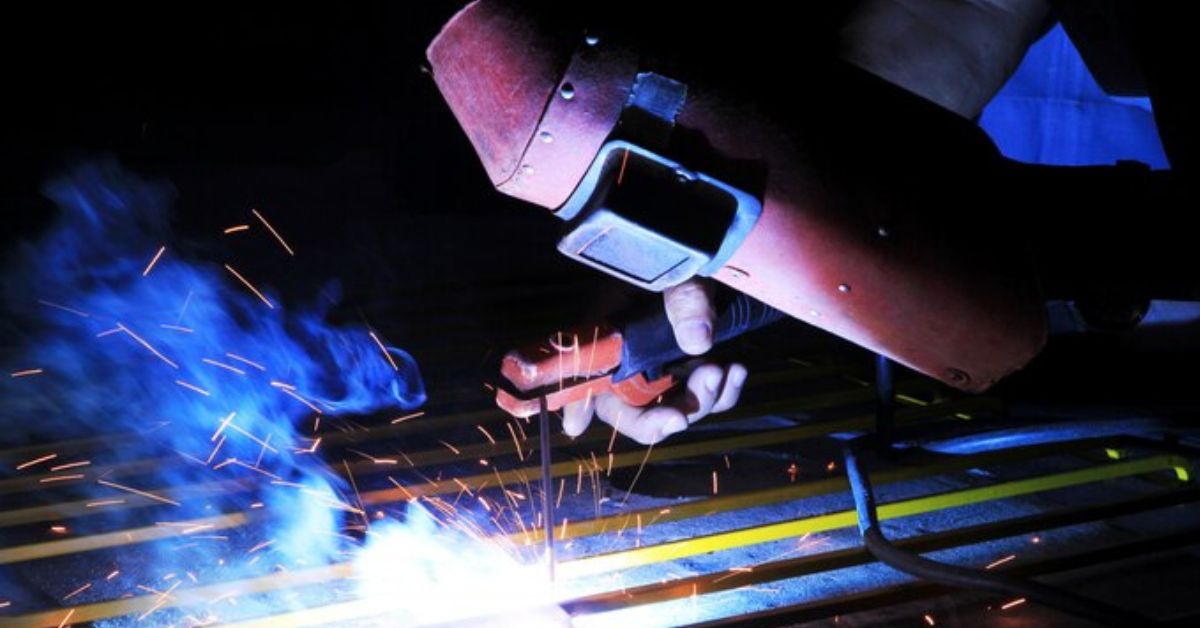The welding industry is experiencing a seismic shift thanks to technological advancements that promise to redefine precision, efficiency, and safety standards. One such advancement is TIG Welding, renowned for its precision and ability to produce clean welds, making it indispensable in sectors that demand high-quality fabrication, such as the aerospace and automotive industries. As these technologies evolve, professionals in the welding industry find themselves at the forefront of adopting innovations that not only improve craftsmanship but also enhance operational efficiencies.
As industries adapt to fast-paced technological shifts, welding emerges as a field that seamlessly integrates new methodologies to improve outcomes. By pushing the envelope with innovative practices, from equipment modernization to pioneering techniques, the welding industry is unleashing new dimensions of possibilities.
Automation in Welding: A Game Changer
The impact of automation is undeniable in transforming welding processes across various sectors. Welding robots are increasingly employed in high-production settings where precision and repetition are crucial. These robots are meticulously programmed to carry out precise welds time and time again, reducing the chance of human error and consequently enhancing the quality and consistency of the output.
Beyond robotic arms, entire systems of automated welding lines now serve to streamline operations. Such advancements result in increased production speeds and the ability to orchestrate complex welding sequences that would otherwise be challenging for human operators. This innovation translates to higher productivity, minimized waste, and the efficient use of human resources for more strategic tasks within operations.
Advanced Welding Materials and Techniques
Progress in welding materials and techniques plays a transformative role in industrial applications. High-strength alloys and other difficult materials can be worked with by fabricators using techniques like laser and electron beam welding. These advanced methods provide the ability to achieve precise welds without jeopardizing the integrity of the material, thus expanding the usability of welding in avant-garde fields such as spacecraft construction and precision medical instruments.
The benefits that come from such technological advancements are substantial. They ensure that welders can adapt to new material challenges with confidence, driving the evolution of the industry to accommodate increasingly diverse production demands. These sophisticated welding techniques continue to push the boundaries of possibility, fostering new applications and innovations within the field.
Enhancing Safety Through Technology
Incorporating technology into safety protocols is revolutionizing standards within the welding industry. With the advent of smart helmets and wearable technology, welders now have access to equipment that not only protects them but also actively monitors their work environment. For instance, sensors integrated into safety gear can provide real-time warnings about potential hazards, such as excessive fume exposure or heat stress, improving the overall safety of the workspace.
This tech-driven approach to safety is essential in lowering workplace incidents and enhancing the well-being of welders. By proactively addressing safety concerns, these technological solutions ensure that safety takes precedence, paving the way toward safer and more productive work environments.
Data-Driven Welding and Predictive Maintenance
The integration of data analytics into welding processes heralds a new era of efficiency and reliability. By leveraging data-driven insights, companies can predict when equipment maintenance is necessary, thus preventing unexpected breakdowns and extending the lifespan of machinery. Predictive maintenance not only reduces operational disruptions but also contributes to environmentally sustainable practices by minimizing waste and optimizing resource use.
Moreover, data analytics enhance quality control processes by systematically identifying variations and anomalies. This ensures that end products consistently meet quality standards, reduce defects, accelerate production cycles, and foster better resource allocation throughout the production line.
Training and Skill Development with Virtual Reality
Virtual reality (VR) technology is a powerful tool that has reformed training methodologies in the welding industry. Through immersive and interactive scenarios, VR provides a risk-free environment where aspiring welders can practice and perfect their skills. These simulations replicate real-world conditions without the associated risks and costs, resulting in both safer training environments and reduced material wastage.
This form of training allows for experiential learning, which is essential in skill acquisition. As welders engage in VR simulations, they gain confidence and precision in their craft, equipping them with the competencies needed to tackle real-world challenges effectively.
The Future of Welding: Innovations on the Horizon
The future of welding looks promising, with emerging technologies like artificial intelligence (AI) and machine learning set to redefine standard practices. These technologies aim to optimize welding processes, reduce errors, and introduce adaptive learning capabilities, leading to more autonomous and self-improving welding systems.
As AI and machine learning continue evolving, they offer promising pathways for enhancing operational efficiency, sustainability, and productivity within the welding industry. The continual integration of such forward-thinking solutions is poised to redefine traditional welding methodologies, imparting competitive advantages across various manufacturing sectors.
Global Perspectives
On the global stage, the welding industry is witnessing diverse technology-driven changes that are reshaping traditional practices. The continuous introduction of new welding technologies is steering the industry toward more sustainable and efficient operations. Welding professionals need to remain vigilant and informed about technological advancements to fully capitalize on emerging trends. The integration of emerging technologies also carries implications for related industries, as demonstrated by their influence on manufacturing processes and the broader ripple effects across industrial sectors.
Read More : Lingionner: Exploring Its Meaning, Uses, and Importance

